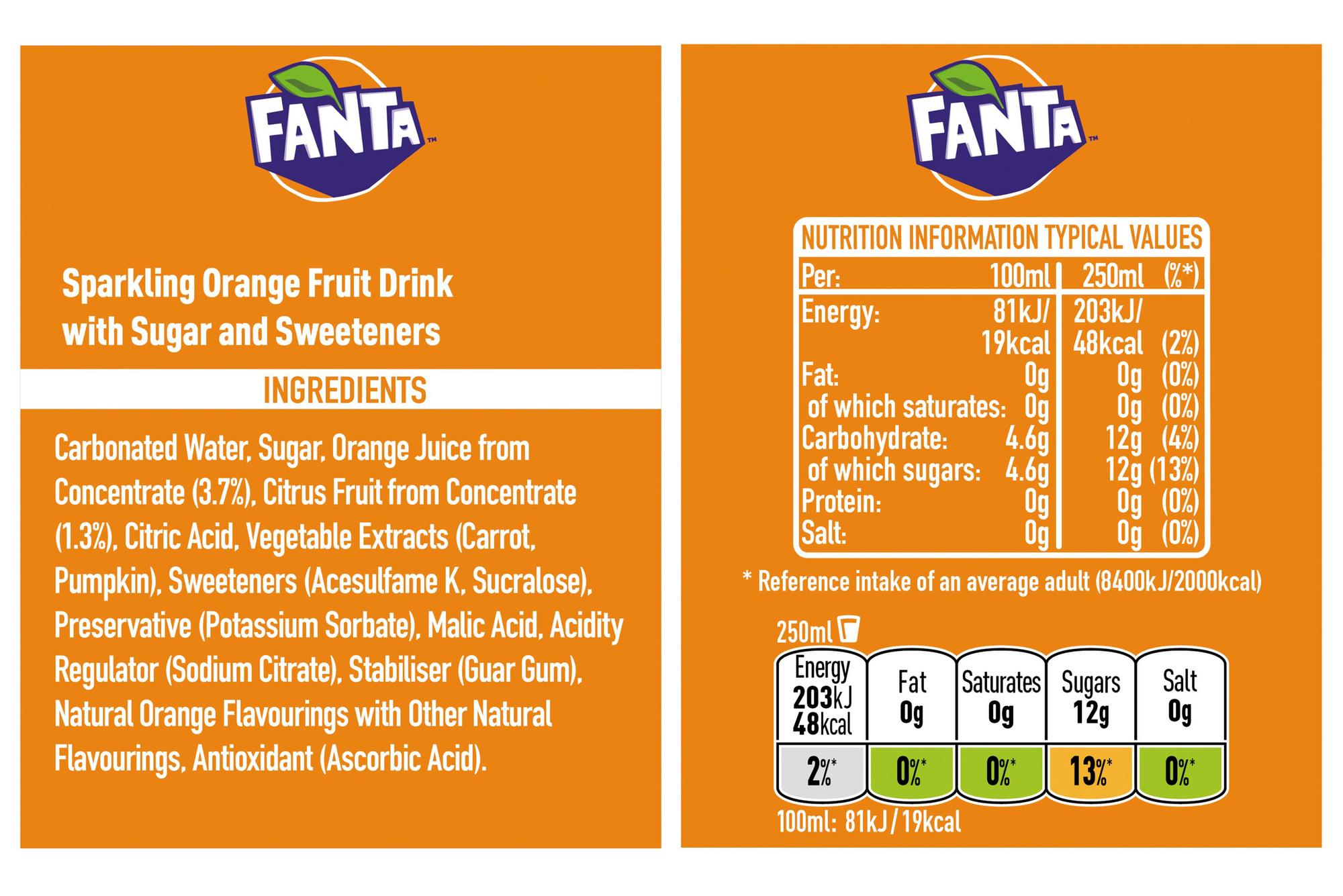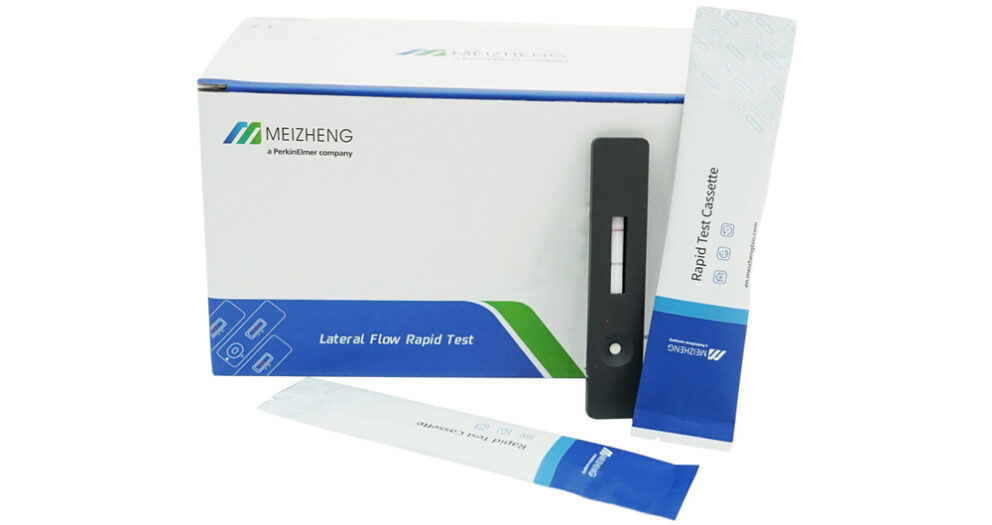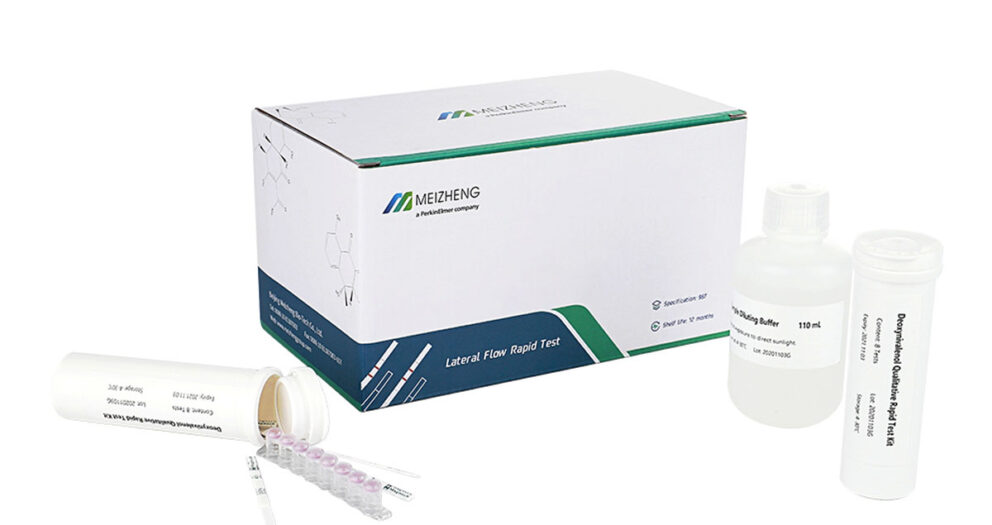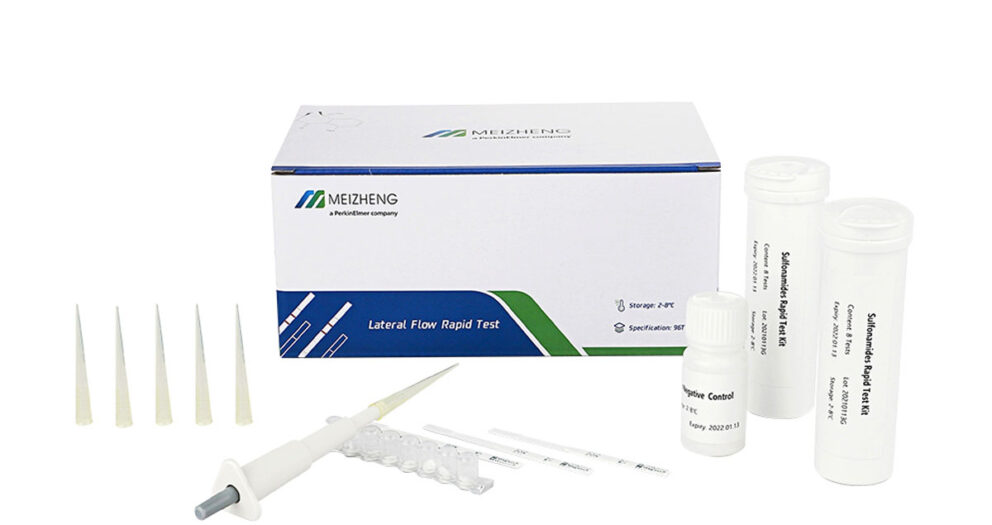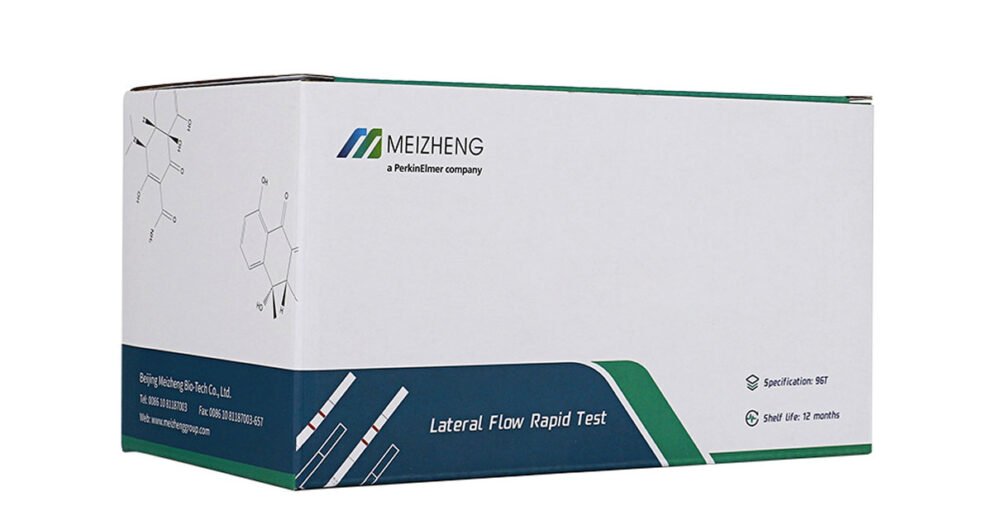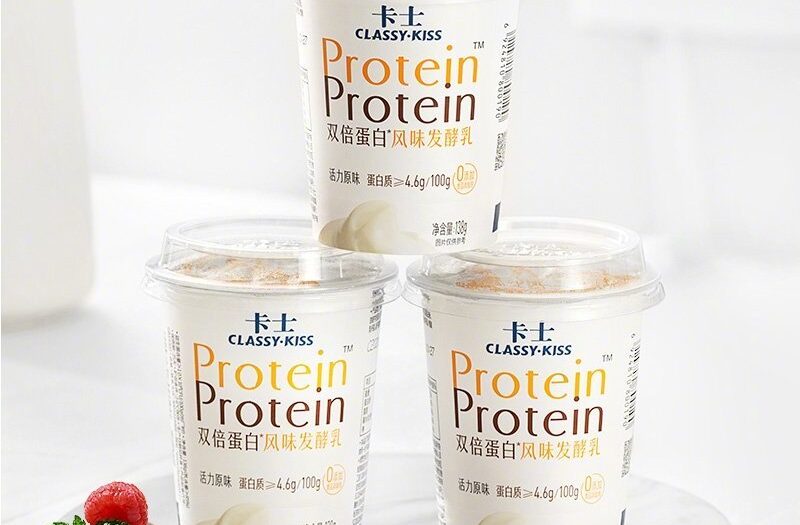Recently, a Chinese student studying in the UK found that foreign Fanta drinks seemed to taste better. Looking at the ingredients list, it turns out that the ingredients used in Fanta beverages at home and abroad are not exactly the same. Is it a double standard for beverage manufacturers? This controversial news quickly became a hot search.
The British version of Fanta’s ingredient list uses 3.7% orange juice concentrate and 1.3% citrus juice concentrate, and vegetable extracts from carrots and squash are added for flavor. And the sugar is used directly as the main source of sweetness, and the preservative is potassium sorbate.
Domestic Fanta does not use concentrated fruit juice and vegetable extracts, and the main source of sweetness is fructose syrup instead of white sugar, and the preservative is sodium benzoate instead of potassium sorbate. Domestic Fanta ≈ water + fructose syrup + sweetener. If the British Fanta ingredient list reported on the Internet is true, then it is not surprising that the taste of Fanta in the two places is significantly different.
In fact, it is not surprising that multinational food companies produce different food ingredient lists in different countries. Because different countries have different rules for the use of food additives. But such a big difference in ingredients is indeed a bit abnormal. Then again, we should also rationally see that the ingredients used in the British version of Fanta are not much “affordable”. The total amount of concentrated orange juice and concentrated citrus juice is only 5%, and the added nutrition is negligible.
The essence of Fanta drinks in China and Britain is still “sugar water”. Especially for children and teens, these sugar-sweetened beverages are a major source of added sugar. Eating too much added sugar can lead to dental caries and overweight and even obesity, and may increase the risk of chronic diseases such as diabetes and high blood pressure in adulthood.
According to the “Dietary Guidelines for Chinese Residents (2016)”, the daily intake of added sugar for adults should not exceed 50g, preferably less than 25g, and children should be lower. The right attitude to take when it comes to “added sugars” is: no or as little added sugars as possible.
So what is added sugar?
We generally refer to sugars added to food by artificial methods as “added sugars”. Added sugars include monosaccharides and disaccharides. Common ones are sucrose (white granulated sugar, soft white sugar, rock sugar, brown sugar), fructose, glucose, fructose syrup, etc., all of which belong to the category of added sugars. Added sugar just adds sweetness and energy without providing other essential nutrients. Note that naturally occurring sugars in fruit do not count as added sugars.
How much added sugar is in the drink?
Let’s take domestic Fanta as an example. A can of 330 ml has a carbohydrate content of 4.6 grams per 100 ml. Drinking a can of Fanta is equivalent to eating 15.18 grams of sugar. If you drink a 500ml bottle at a time, it is equivalent to eating 23 grams of sugar. Adults are close to exceeding the standard, let alone children who are still growing and developing.
How much added sugar is in the drink?
Let’s take domestic Fanta as an example. A can of 330 ml has a carbohydrate content of 4.6 grams per 100 ml. Drinking a can of Fanta is equivalent to eating 15.18 grams of sugar. If you drink a 500ml bottle at a time, it is equivalent to eating 23 grams of sugar. Adults are close to exceeding the standard, let alone children who are still growing and developing.
Check more quality reliable and accurate food test kits.


